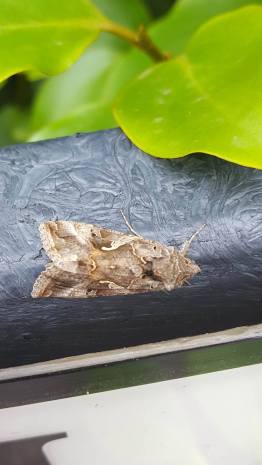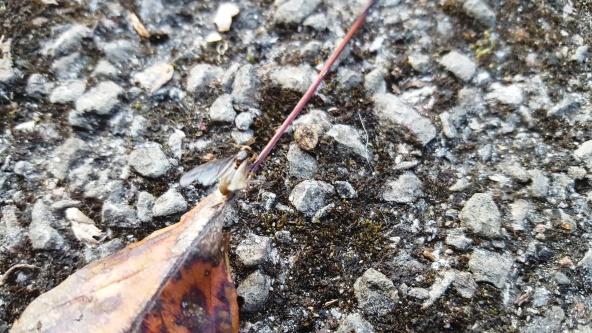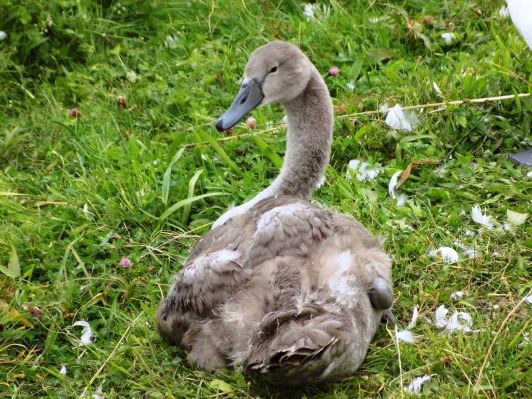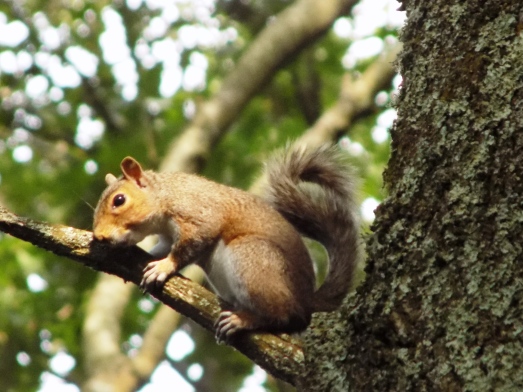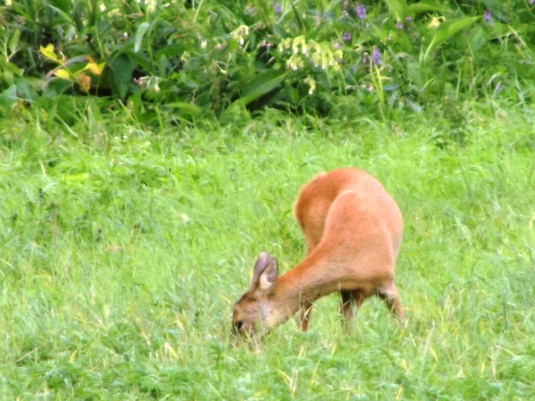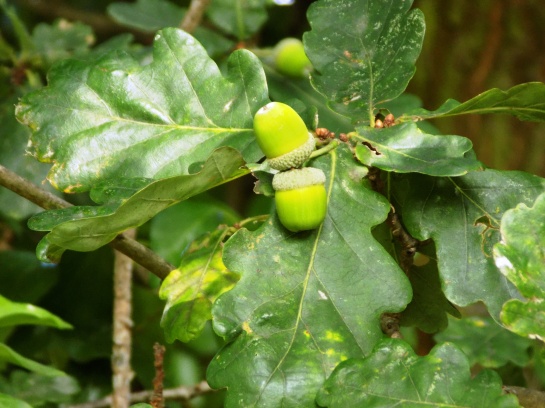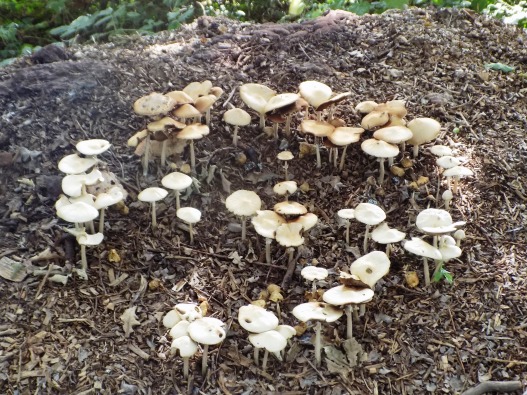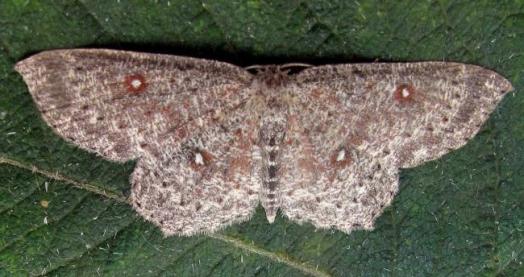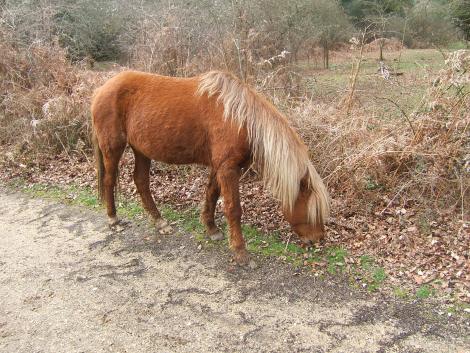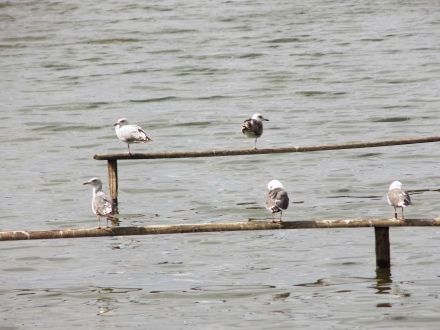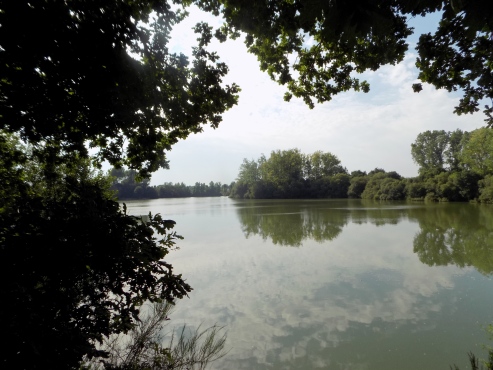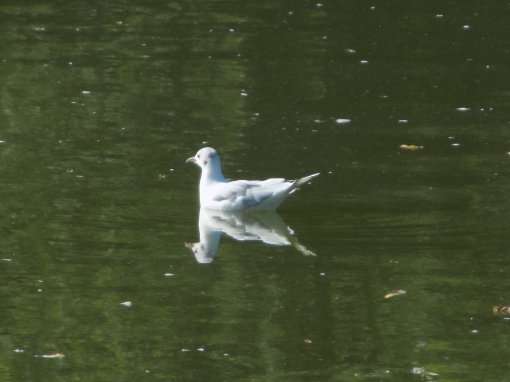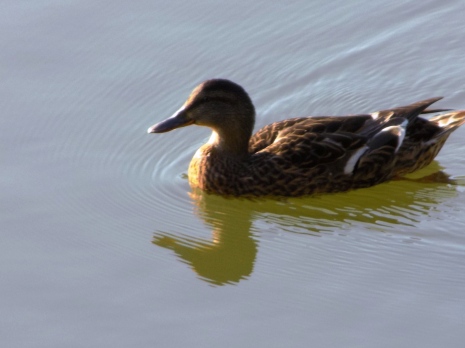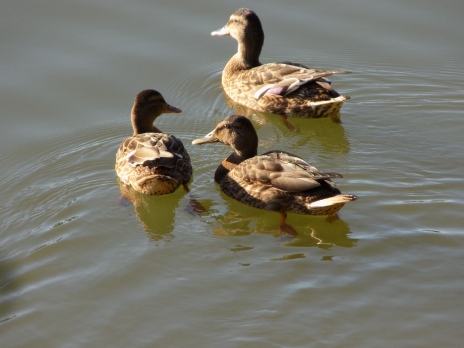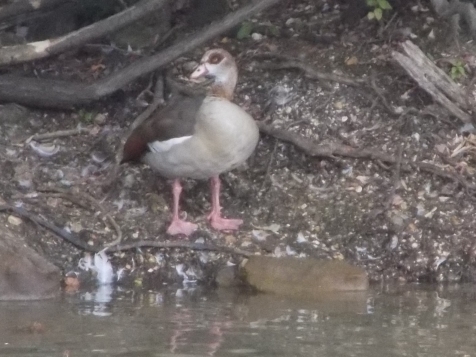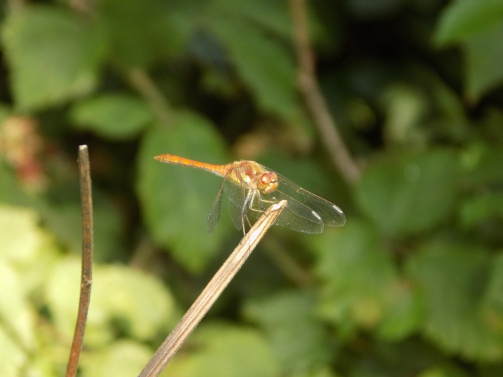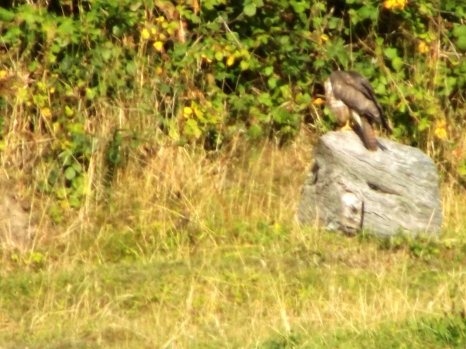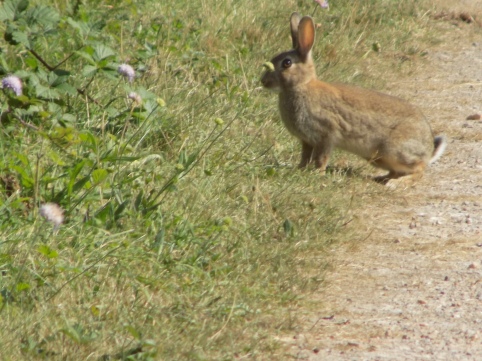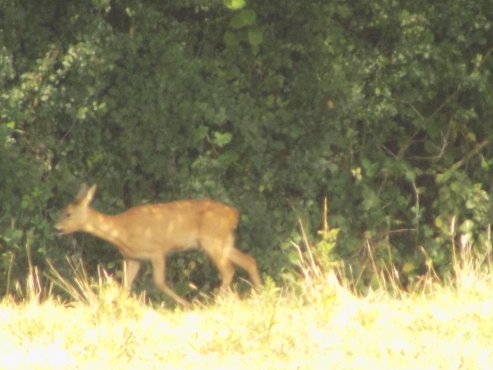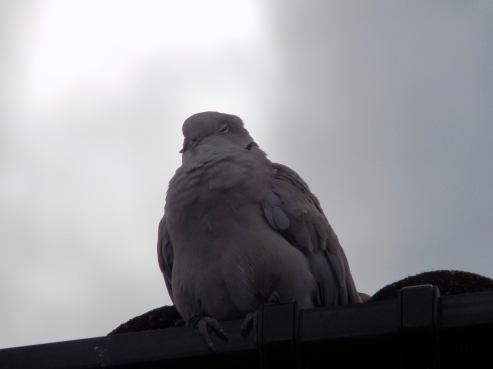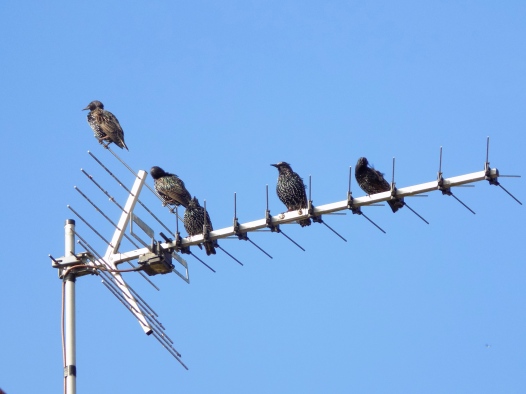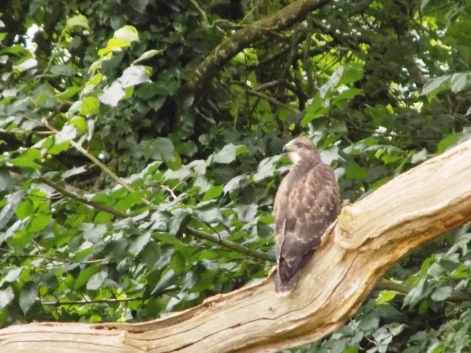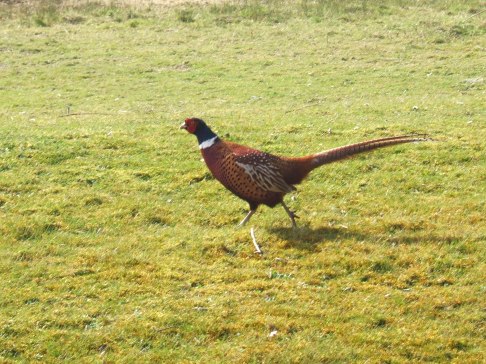The local oak trees are really starting to switch to Autumn mood now. As well as acorns they ‘produce’ another ‘fruit’, knopper galls.

Of course knopper galls aren’t produced by the tree itself- they are chemically induced by gall wasps when they lay their eggs on acorns. Now all the galls are falling from the trees and the adult wasps will emerge in the spring. The degree of attack by the parasitic wasp varies but this year seems to have been a bad year for oak trees with these knopper galls covering virtually every oak tree for some miles around.
Another odd growth nearby is this incredible beefsteak fungus.
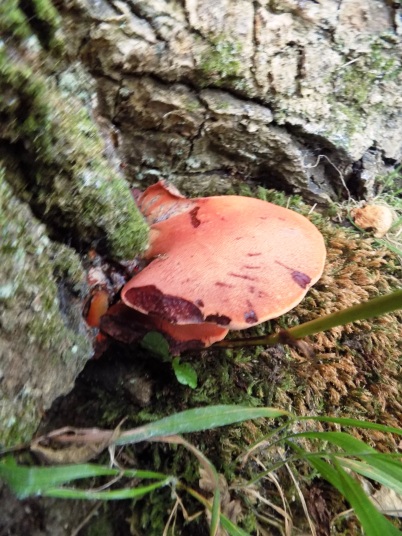
This fungus is so called due to it’s appearance and apparently has even been used as a beef substitute in tough times. I have not been brave enough to try it!
Autumn might be approaching but there’s still time for flowers to bloom. At the moment there are lots of these field scabious flowers in the vicinity.
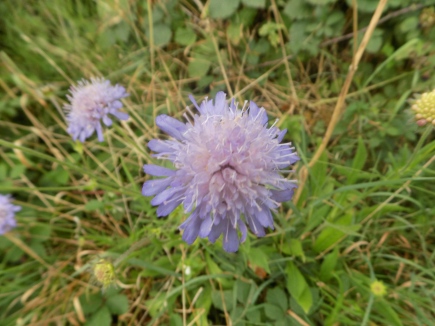
Our next-door neighbours have recently hacked away at the hedge at the side of our garden and have sadly killed one of the plants that was part of it by severing it from the ground. As the hedge was dying off I spotted this old nest in it, which I suspect belonged to house sparrows. As they are colonial birds there is a fair chance there are other nests in other parts of the hedge. It’s always amazing to look at a nest closely and see the engineering skill performed by the birds.
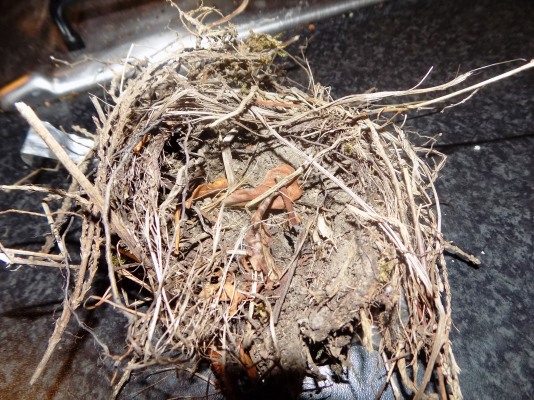
We’ve had some more unusual visitors in the garden several times this week in the form of a volery of long-tailed tits. Unlike other tits they are almost always found in a group.
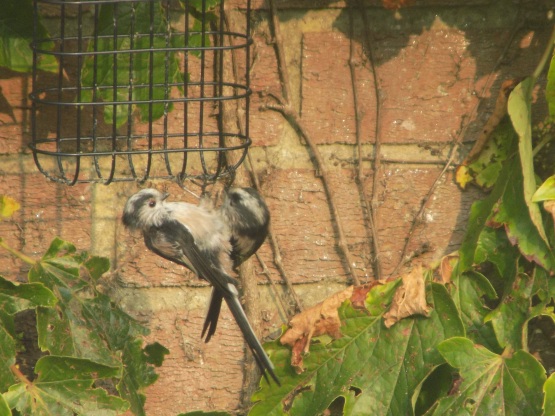

The next bird is one that I’ve been attempting to photograph for months now. This little egret is nearly always found in the same spot on the river Avon but over the summer it has been avoiding my camera lens. It’s flown off, hidden behind tufts of grass or been too far away. Finally, here it is in all it’s glory.
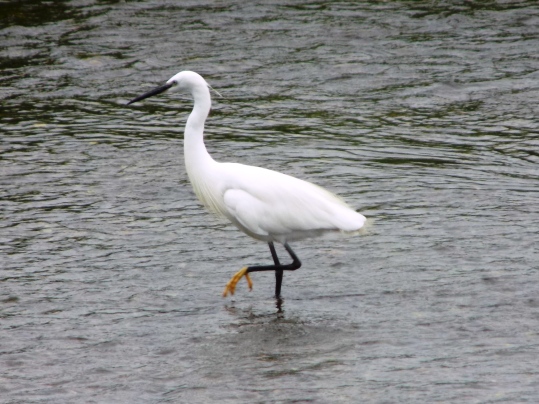
Here’s a similar bird, a grey heron having a preen:
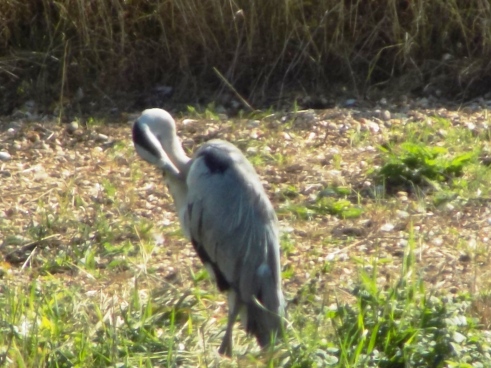
And a few more aquatic birds:

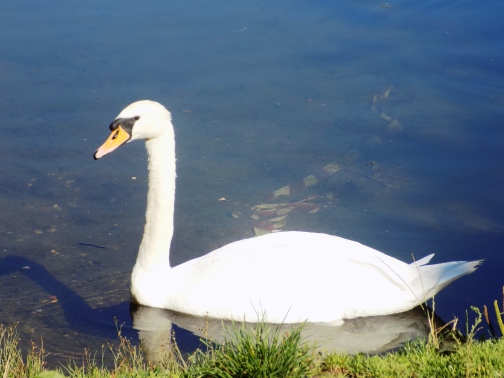
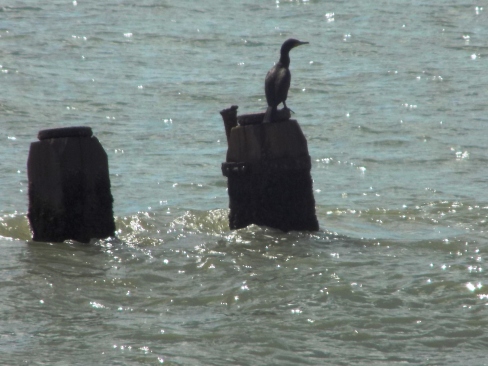
I think we shall end with some lepidoptera. The butterfly numbers are starting to drop now but there are still plenty around, including a fair few speckled woods.
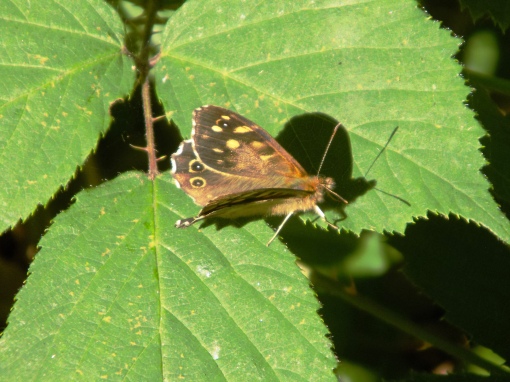
It’s unusual to see most moths in the daytime but I found this Silver Y sat on top of a local street sign.
